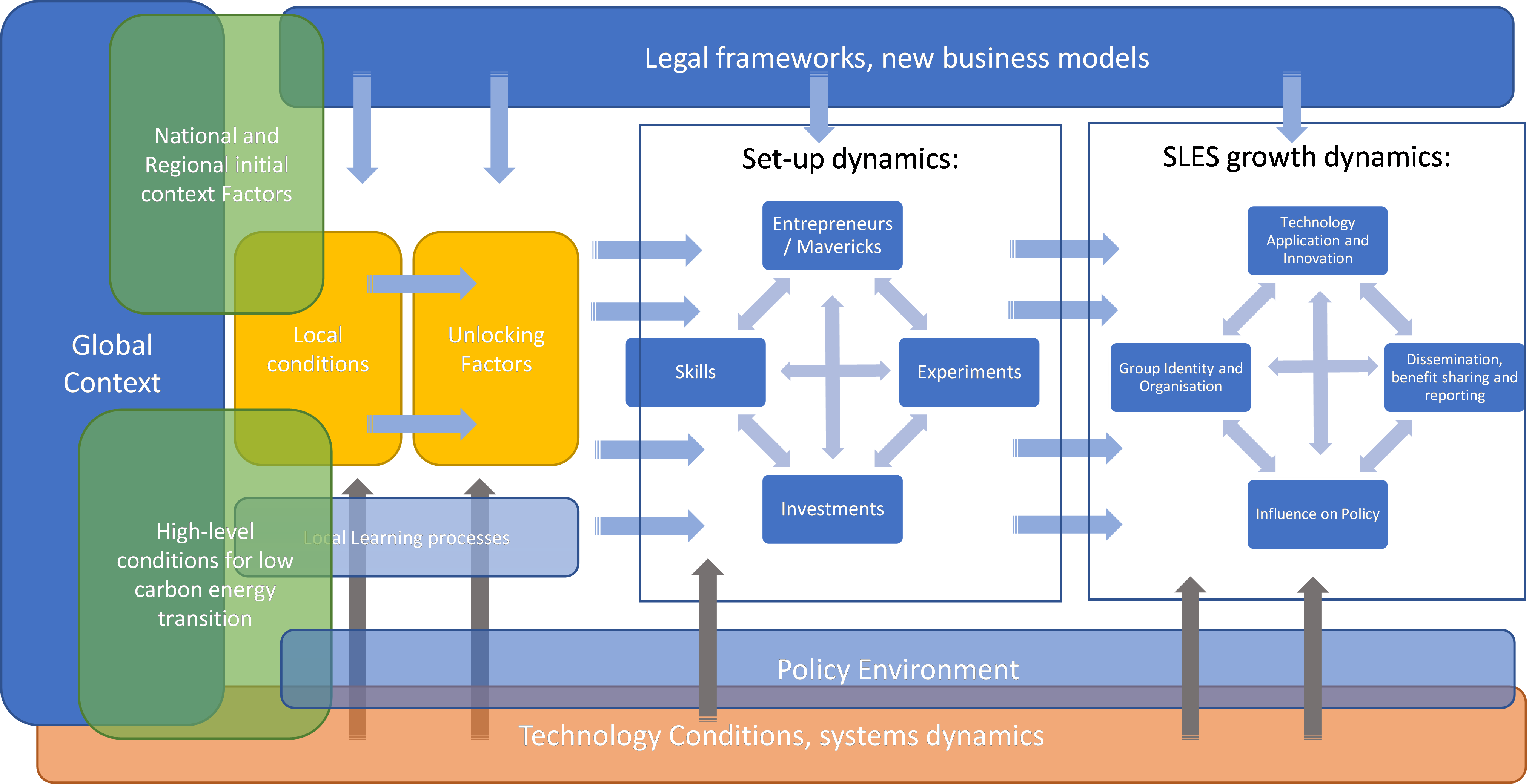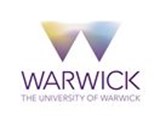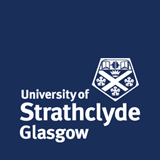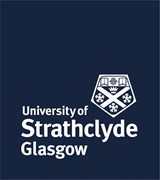New Tools and Frameworks

Why are new tools and frameworks important for Smart Local Energy Systems?
Upscaling Smart Local Energy Systems (SLES) is vital for the successful roll-out of renewable energies. Upscaling refers to an increase in scale or capabilities of an existing SLES, the replication of one system in another place or the integration of different systems. To realise the potential of SLES, we must understand what drives and what prevents the upscaling of these systems.
This research aimed to investigate how barriers prevent the upscaling of SLES and what technological, economic, political, or social context factors can be employed to drive SLES upscaling. We developed a contextual and practical guidance tool for SLES practitioners that will also be used to inform national and local policy.
How did EnergyREV explore these issues?
The SLES Pathway Tool was developed. It is based on four pathways associated with upscaling that were developed using a Transition Map derived from literature and through engagement with SLES practitioners and expert researchers:
‘Set-up’ pathways
• Local Authority
• Case Study.
‘Growth’ pathways
• Economic Competitiveness
• Grid Technology.

A broad literature review revealed that most papers were mono-disciplinary, whereas upscaling is by nature multidisciplinary. Also, they were descriptive, with a bias towards reporting successes, which lacked normative insights for upscaling. To make sense of the literature, a novel way of extracting causal links was devised. These were used to develop a ‘Transition Map of upscaling’ in an expert workshop.The Transition Map formed the basis for deriving driver and barrier pathways to upscaling SLES in subsequent expert and researcher workshops. The pathways were also reviewed by SLES practitioners including Prospering from Energy Revolution (PFER) demonstrators and currently were reviewed in collaboration with EnergyREV Researchers and SLES practitioners based on case studies.
What did EnergyREV learn?
The pathways were not mutually exclusive. A particular SLES project may feature one or more of the pathways. SLES practitioners identified four dominant pathways: Two ‘set-up’ pathways namely the Local Authority and the Case Study pathways and two ‘upscaling’ pathways, namely the Economic Competitiveness and Grid Technology pathways.
The Local Authority Pathway is typically set up by a ‘local authority’, driven by international and national policies which translate to local institutional priorities and preferences.
Insights from practitioners:
- Different local authorities develop different solutions based on their context and resources.
- Statutory powers are needed for local authorities, as well as resources and incentives to meet a negotiated carbon budget
- Standard procedures or guides are needed: e.g., guidelines for SLES procurement contracts.
The Case Study Pathway is typically a demonstration project, driven by innovation capabilities and a network of local skills and social capital.
Insights from practitioners:
- It is useful to create Energy Innovation Zones (EIZ) to test commercial, and some social models.
- Replication of parts is more practicable than replication of whole SLES.
- Appropriate venture funding is needed for product-based outputs.
- Specific funding is needed to capture learning experiences and process.
Economic Competitiveness Pathway is shaped by economic opportunities, driven by policy targets and facilitated by incentives and capital.
Insights from practitioners:
- Market design needs to be considered: e.g., price on carbon emissions and peer to peer trading not established.
- SLES can provide different energy products with increasingly desirable attributes such as environment, control and locality that can be valued and rewarded.
- Regulation constrains the return on investment of SLES, e.g., local councils don’t have the power to compel anyone to connect to their district energy schemes.
Grid Technology Pathway starts as a SLES in a Demonstration Project, or publicly funded research. Technology improvement and experimentation result in the removal of technical problems.
Insights from practitioners:
- Limited expertise and time to engage and create awareness of these technologies and projects at the local councils
- Need for adequate planning for technology infrastructure e.g., determining vehicle availability for Vehicle to Grid.
- Regional differences in the availability of technical/IT skills required for SLES.
This indicates that the upscaling of SLES requires new governance and political structures; new market and business models that are adapted to the local context and resources; new or adapted skills, as well as effective avenues to harness and disseminate learning and experiences.
The team
Theme Lead: Walter Wehrmeyer
Co-Investigator: Rajat Gupta
Researchers: Damiete Emmanuel-Yusuf and Sahar Zahiri
2023
Report - Local area energy mapping for planning smart energy initiatives
Report - Evaluation of a local area energy mapping tool (LEMAP) in a smart and fair neighbourhood
Report - Mapping technical and social capabilities in a smart and fair neighbourhood (Rose Hill)
Tool - Smart Local Energy Pathway System Tool
Report - The SLES Pathway Guide: Navigating drivers, barriers and action plans





















